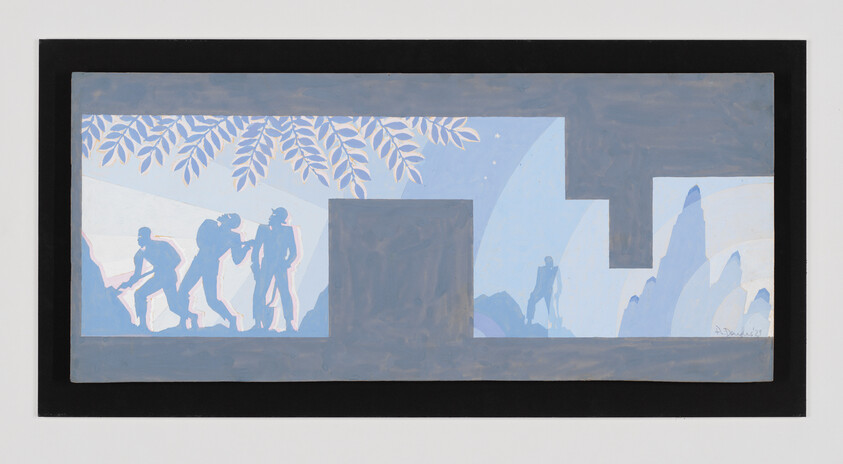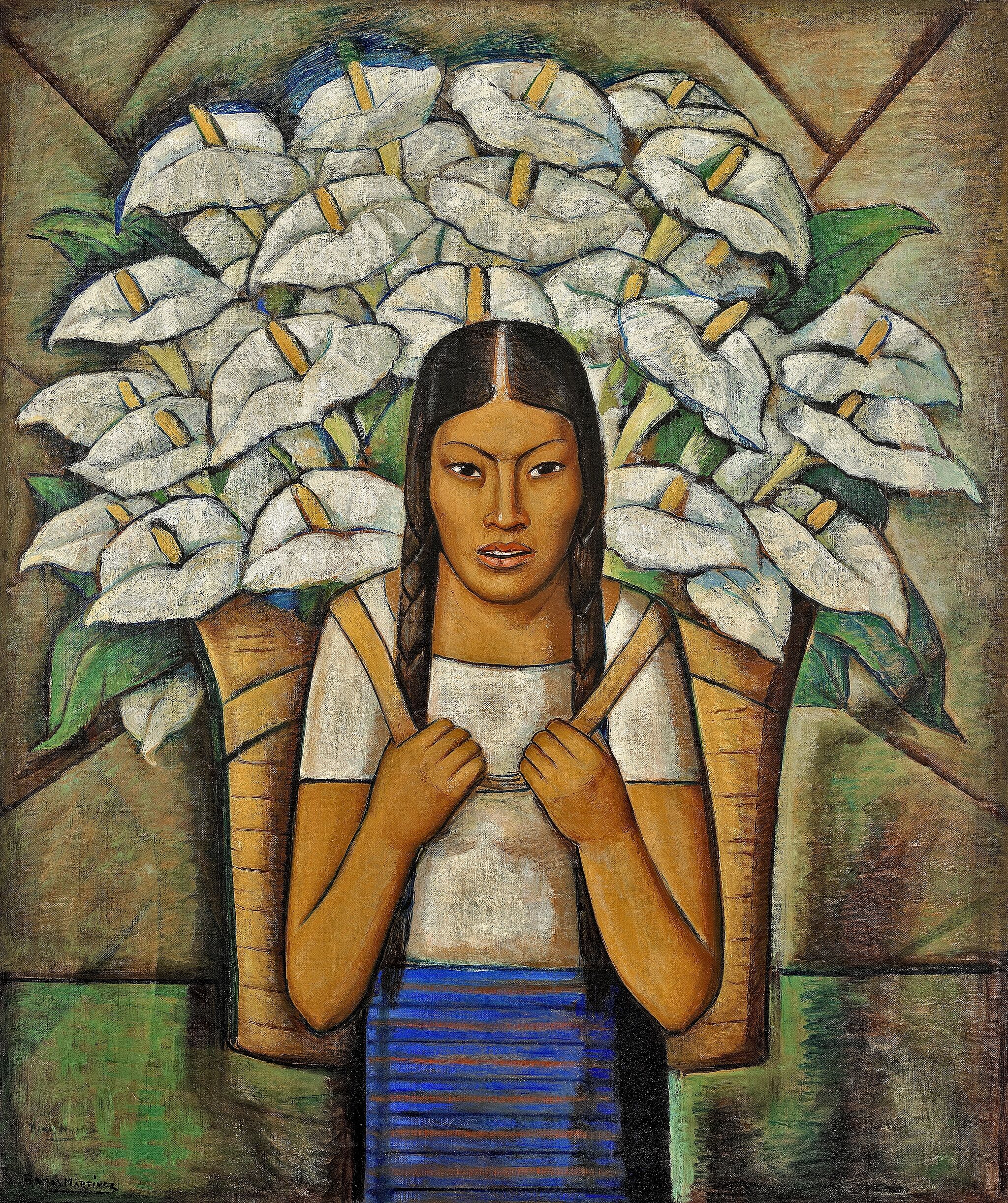Aaron Douglas, Aspiration and Into Bondage, 1936
Jan 22, 2020
0:00
Aaron Douglas, Aspiration and Into Bondage, 1936
0:00
Narrator: Like many artists in the United States, Aaron Douglas was inspired by the Mexican muralists to present history in epic form. These two paintings, titled Into Bondage and Aspiration, were moving murals—intended to be transported.
Gwendolyn DuBois Shaw: They show two different views of the African American past and present, and possibly the future.
Narrator: Gwendolyn DuBois Shaw is an Associate Professor of American art at the University of Pennsylvania.
Gwendolyn DuBois Shaw: One of the figures at the center of Into Bondage looks up at a star in the sky, the rays of the star kind of shooting through his face, and changing the color of his face, and one of the leaves behind him as it crosses the composition. It's almost as if, on the way to the slave ship, this figure is already recognizing that North Star, the North Star that was so important for African Americans who were taking possession of themselves, freeing themselves through fleeing bondage.
Aspiration by Aaron Douglas from 1936 shows us three main figures, one of them seated on a kind of a plinth, maybe the top of what looks like a step pyramid.
They seem to represent the promise of education, of scientific advancement, of professionalization for African Americans who had been denied so many opportunities through the legacies of enslavement, the legacies of Jim Crow.
The star at the center of Douglass's composition seems to radiate the promise of that city on a hill. And it also replicates that North Star that we see in Into Bondage, the North Star that promised the enslaved the potential of taking one's own freedom through escaping, now reappears in Aspiration, its location being at the city, at the feet of the city that holds the promise of jobs, and education, and a better life for one's family.


